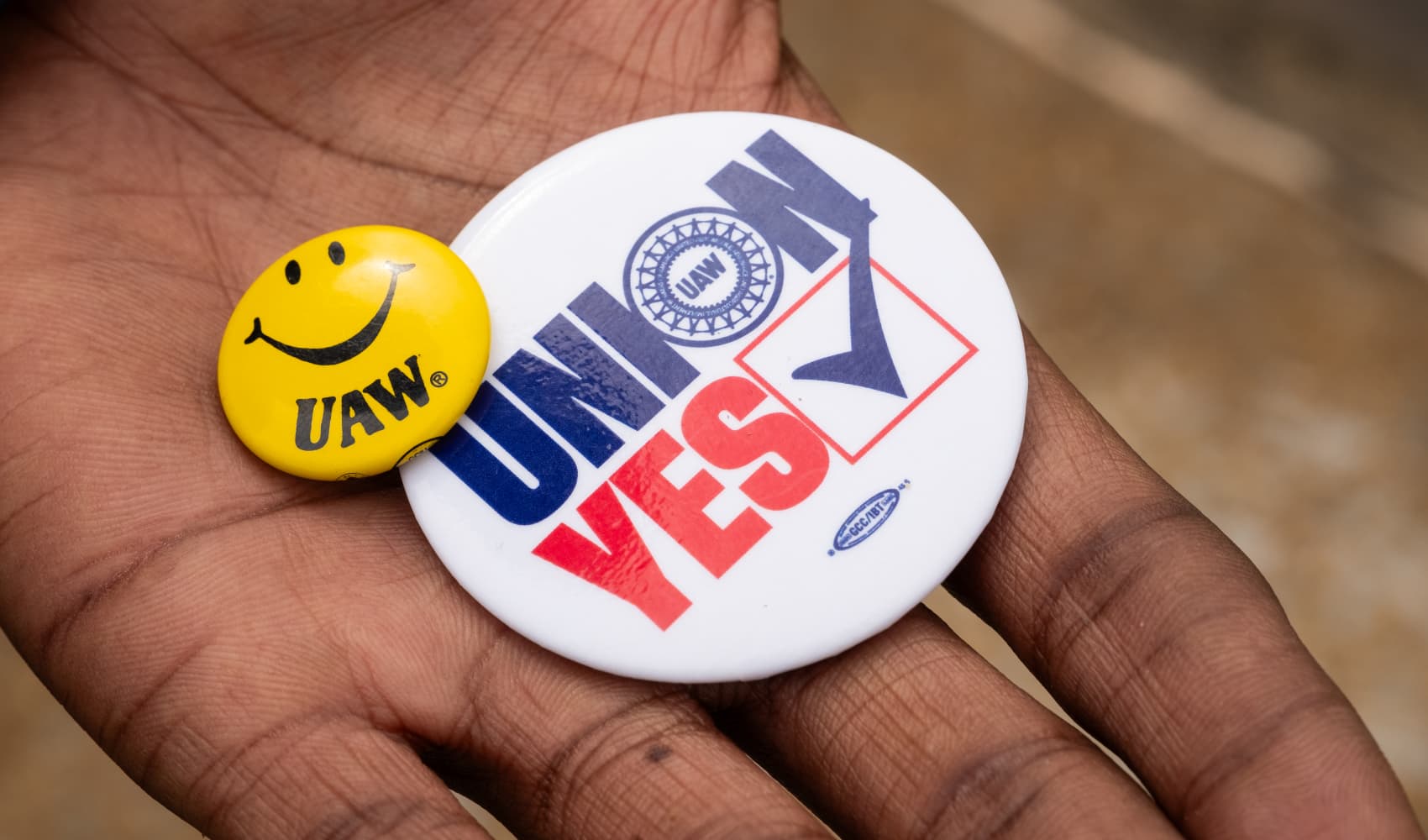
The recovery from the pandemic is quickly accelerating, at least based on red-hot demand in the oil market.
The International Energy Agency and OPEC forecast bullish demand for oil in 2021 – the IEA this week said producers may need to increase supply by 2 million barrels per day to catch up to demand, while OPEC raised its own forecasts to 5.95 million barrels per day for the year.
Regina Mayor, global head of energy at KPMG, says the forecasts are on the money. She sees three tailwinds that should continue to fuel demand into the summer and beyond.
Get Southern California news, weather forecasts and entertainment stories to your inbox. Sign up for NBC LA newsletters.
"One is the accelerated pace of vaccinations. Particularly in countries like the U.S. and the U.K., we're really seeing vaccine rollouts exceed our expectations. Number two, we're continuing to see strong stimulus spending from governments to encourage consumer activity and consumer spending," Mayor told CNBC's "Trading Nation" on Thursday.
The third reason? Mayor says it's basic human behavior.
"We're all really sick and tired of being quarantined and having our movements restricted. You're seeing some anecdotal [and] very specific data points that point to this," she said, highlighting TSA crossings in the U.S. airports and miles driven on interstate highways at pandemic highs.
Money Report
High expectations for oil demand might justify the recent run-up in prices. West Texas Intermediate crude, for example, is trading at one-month highs and has risen by as much as 30% this year. WTI traded above $63 a barrel on Friday.
Still, near-term concerns could tip the balance and push prices lower, says Mayor.
"The biggest risk is how quickly OPEC+ is going to bring back that supply and then how quickly Iran barrels potentially come into the market. And let's remember that there's still about 7 million barrels per day of supply that's being voluntarily left off of the market," she said.
OPEC+ has said it will reintroduce 2 million barrels per day back into supplies over a three-month period, a gradual move to meet demand, but it could alter its position should U.S. shale producers begin to get "overly euphoric" and up their own production, Mayor said. OPEC+ is set to meet April 28.
"I anticipate that those barrels could potentially flood the market and ruin this nice equilibrium we're at right now because $60 WTI, $65 Brent is a very nice position for the industry to be in for everyone to return to profitability," she said.
Energy stocks have surged on the move higher in oil prices. The XLE energy ETF has risen nearly 30% this year, the best performing S&P 500 by far.






